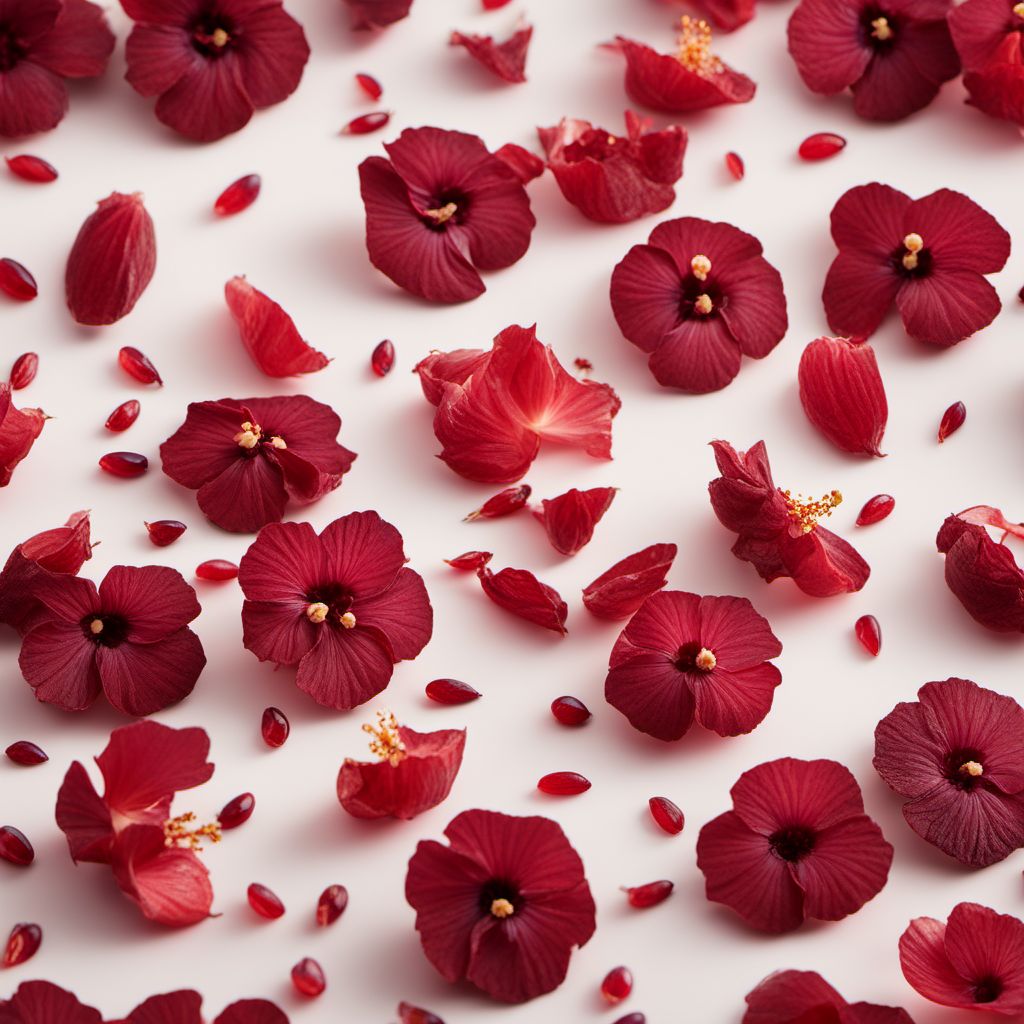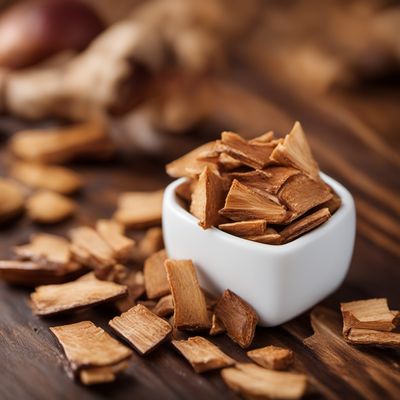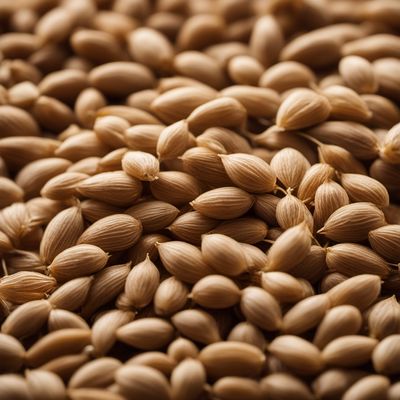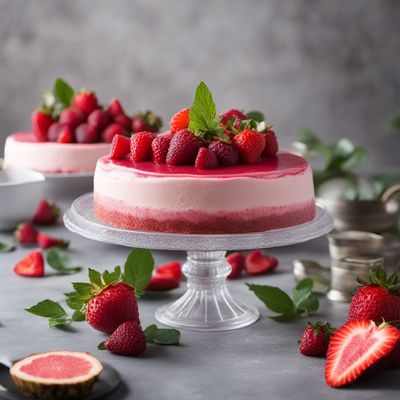
Ingredient
Hibiscus (infusion seeds)
The Vibrant Infusion
Hibiscus infusion seeds are small, dark red seeds that are dried and used to make a tangy and vibrant infusion. When steeped in hot water, they release a deep red hue and a tart flavor reminiscent of cranberries. The infusion can be enjoyed hot or cold, and is often sweetened with honey or sugar to balance the tartness.
Origins and history
Hibiscus has a long history of cultivation and use in various cultures around the world. It is believed to have originated in tropical regions of Africa, Asia, and the Pacific Islands. The plant holds cultural significance in many countries, where it is used in traditional ceremonies, beverages, and culinary preparations.
Nutritional information
Hibiscus infusion seeds are low in calories and rich in vitamin C and antioxidants. They also contain minerals like iron and calcium. The infusion is known for its potential health benefits, including supporting heart health and aiding digestion.
Allergens
May cause allergic reactions in individuals with known allergies to plants in the Malvaceae family, such as marshmallow or okra.
How to select
When selecting hibiscus infusion seeds, look for seeds that are deep red in color and have a fresh aroma. Avoid seeds that appear dull or have a musty smell. Opt for organic or sustainably sourced seeds whenever possible.
Storage recommendations
To maintain the freshness and quality of hibiscus infusion seeds, store them in an airtight container in a cool, dry place. Avoid exposure to moisture, heat, and light, as these can degrade the flavor and color of the seeds. Use them within a year for the best taste experience.
How to produce
Hibiscus plants can be grown in tropical or subtropical regions, either in gardens or in containers. They require well-drained soil, ample sunlight, and regular watering. With proper care and maintenance, amateurs can successfully grow hibiscus plants and harvest their infusion seeds.
Preparation tips
To prepare hibiscus infusion, steep the seeds in hot water for 5-10 minutes, depending on the desired strength. Strain the infusion and sweeten it with honey or sugar to taste. Serve it hot or chill it in the refrigerator for a refreshing iced beverage. Hibiscus infusion can also be used as a base for cocktails, mocktails, or as an ingredient in desserts and sauces.
Culinary uses
Hibiscus infusion seeds are commonly used to make herbal teas, iced teas, and other refreshing beverages. They can also be used as a natural food coloring agent or added to desserts, jams, and sauces for a tangy twist. The vibrant color and tart flavor of hibiscus infusion seeds make them a versatile ingredient in both sweet and savory recipes.
Availability
Commonly available in tropical regions, including Africa, Asia, and the Pacific Islands
More ingredients from this category » Browse all

Wild angelica (infusion fruits)
The Enchanting Infusion Fruits of Wild Angelica

Fleawort (infusion seeds)
"Nature's Digestive Aid: Unveiling the Power of Fleawort Infusion Seeds"

Parsley (infusion fruits)
The Versatile Herb: Unveiling the Infusion Fruits of Parsley

Lignum vitae (infusion bark, wood)
"The Mighty Lignum Vitae: Nature's Healing Power"

Condurango (infusion bark)
The Enigmatic Condurango: A Bark with a Story

Lapacho (infusion bark)
The Healing Elixir from the Forest

Quassia (infusion bark, wood)
Bitter Elixir from Nature's Pharmacy

Other herbal infusion materials from any other parts of the plant
Botanical Brews: Exploring the World of Herbal Infusions

Cupuaçu
The Exotic Delight: Cupuaçu - A Tropical Treasure for Culinary Adventures

Blond psyllium (infusion seeds, husks)
The Fiber Powerhouse: Unveiling the Secrets of Blond Psyllium

Juniper (infusion bark, wood, shoots)
Exploring the Essence of Juniper: From Bark to Shoots

Sweet corn (stigmas styles)
The Golden Threads: Sweet Corn Stigmas Styles

